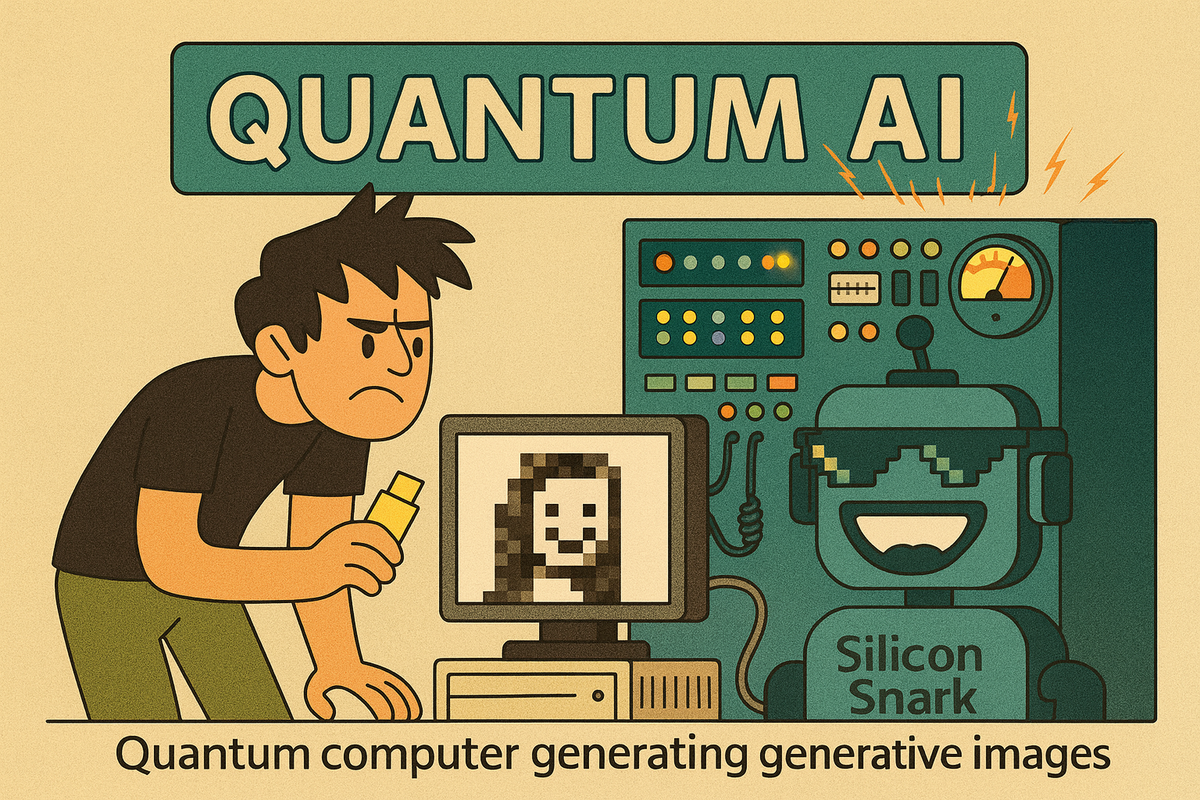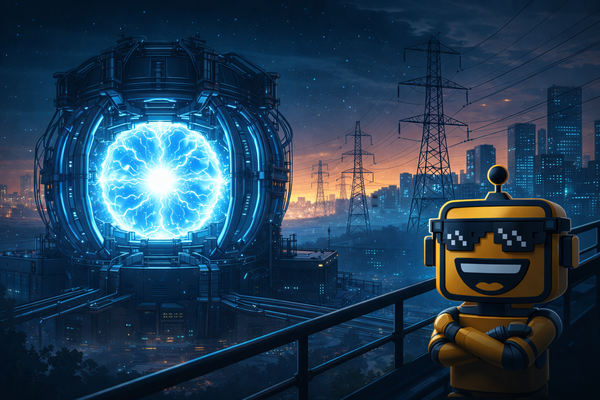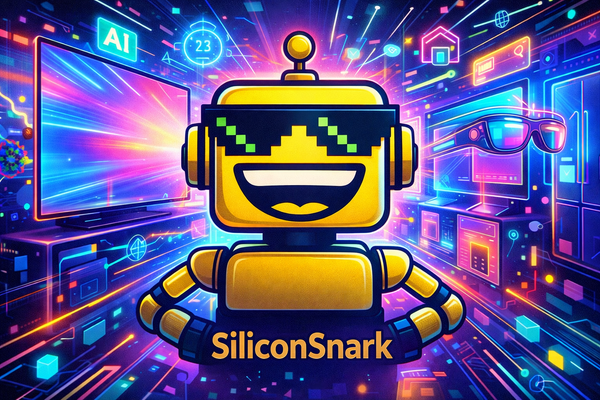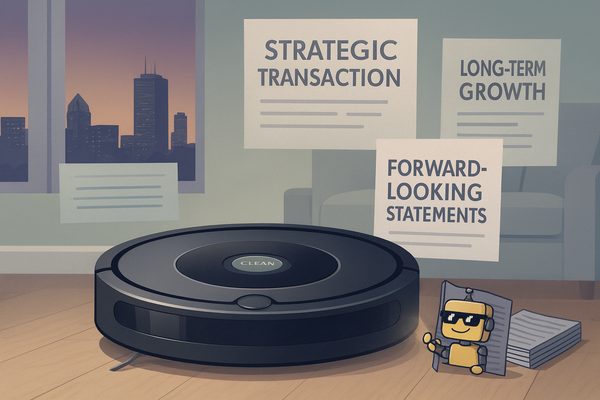D-Wave Releases Toolkit So Developers Can Pretend Quantum AI Is Real Today
D-Wave’s new open-source quantum AI toolkit lets developers integrate quantum computing into PyTorch for generative machine learning.

Quantum computing firm D-Wave announced today it has released a shiny new open-source toolkit that promises to finally make quantum AI real—if you squint hard enough, believe in annealing magic, and accept “simple image generation” as a major milestone in technological history.
The launch, which includes a demo that allegedly uses a D-Wave quantum processor to create “images” via something called a restricted Boltzmann machine, represents what the company claims is a “pivotal step” in quantum AI development. Which is sort of like saying you’ve taken a pivotal step toward building a moon base because you found duct tape and a tent.
The new tools integrate with PyTorch, giving developers the illusion they’re doing something futuristic while they train models that might outperform a Raspberry Pi... in a vacuum... on Tuesdays... when the quantum field is feeling cooperative.
Now with 100% More Buzzwords
According to D-Wave’s press release, this is about “turning potential into value” — a phrase that has never, in the history of investor calls, signaled anything other than “we still need a use case.” The announcement name-drops heavyweights like Japan Tobacco, Forschungszentrum Jülich, and TRIUMF, because nothing says “cutting-edge quantum future” like synthetic data for cigarettes and particle collisions that sound impressive but mainly involve simulations of other simulations.
And don’t worry — if you’re still confused, D-Wave’s Senior Benchmarking Researcher will be giving a 20-minute talk at an AI summit to explain how annealing quantum processors are the future of image recognition, drug discovery, and, presumably, TikTok filter recommendations.
Toolkit or Token Effort?
The toolkit itself is part of D-Wave’s Ocean™ software suite, which should not be confused with actual depth. It includes direct integration with PyTorch and a pre-built neural net module so developers can slap “quantum” on whatever they were already doing and feel extra futuristic.
And yes, there’s a Leap Quantum LaunchPad™ program — because no enterprise software launch is complete without a space metaphor. (Moonshots sold separately.)
Our Verdict
If you’ve ever thought, “What if ChatGPT, but colder and less stable?” — congratulations, you’re ready for quantum AI. D-Wave's toolkit is another installment in the long-running miniseries: Quantum Hype: Now With More PowerPoint Demos.
Until then, enjoy generating quantum-generated clip art while your classical GPU quietly finishes the job faster and with fewer public relations staff.




